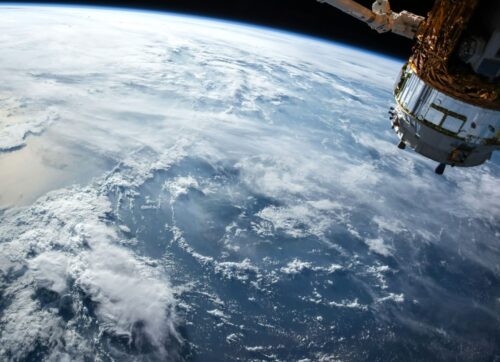The sea level rise experienced in recent decades was supposed to lead to shrinking shorelines and inundated coasts. Instead, satellite observations reveal the globe’s island coasts expanded seaward (net) by 402 km² (155 mi²) since 2000. [emphasis, links added]
In a new study, over 13,000 islands were assessed for coastal change over the last three decades (1990-2020).
Only 12% of these islands experienced significant shoreline change during this period. Thus, approximately 88% of the islands had stable coasts − neither substantial erosion nor accretion.
About 6% of these 13,000+ islands experienced coastline expansion (accretion), while 7.5% lost coastal land area (erosion).
The scientists point out that for the islands experiencing coastal erosion in recent decades, sea level rise was not a primary or predominant causal factor. This is “contrary to initial assumptions.”
“Moreover, the data results suggest that sea-level rise has not been a widespread cause of erosion for island shorelines in the studied region. Presently, it is considered one of the contributing factors to shoreline erosion but not the predominant one.”
“Contrary to initial assumptions, our empirical data does not conclusively link the widespread erosion of island shorelines primarily to historical sea-level rise, suggesting that human activities might mask the effects of sea-level rise.”
Somewhat consistent with the alarming sea level rise narrative propagated by anthropogenic global warming (AGW) activists, there was indeed a net loss (-259.33 km²) of coastal land area for the 13,000+ islands studied in the decade spanning 1990 to 2000.
But then, “in the subsequent decades, the trend reversed, with net increases of 369.67 km² from 2000 to 2010 and 32.67 km² from 2010 to 2020.”
Added together, in the last two decades the globe’s island coasts grew seaward by a net 402.33 km² from 2000-2020, and coasts grew by a net 157.21 km² for the entire 30-year period (1990-2020).
“Over the past three decades, the entire region experienced a cumulative increase in land area of 157.21 km² across more than 13,000 islands.”
“…over the past 30 years, fewer islands experienced landward erosion compared to those undergoing seaward accretion.”
Sea level rise thus cannot be an explanation for the contradictory three decades of net coastal seaward expansion observations.
But if the recent decades of sea level rise trends cannot even be considered a primary or predominant factor contributing to coastal erosion either, then the alarmist sea level rise narrative necessarily disintegrates under the weight of the evidence.

Read more at No Tricks Zone




















Since the last major ice age the sea level has risen hundreds of feet. We still have small islands. As the water rises, these islands are able to add land, as the above study shows.